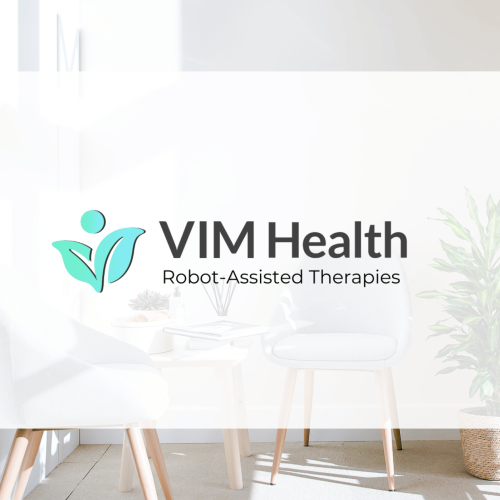In this blog we take a look at some of the techniques used in our intensive neuro rehabilitation programmes, including the use of robotics, and what intensive neuro therapy looks like with our innovative model of care.
What Is Neuro Rehabilitation?
Neuro rehabilitation as a whole is the process or journey a person will undertake after they have experienced an event that has damaged or impaired the nervous system. This includes brain or spinal cord injuries, strokes, or the development of a condition. It’s a broad range of illnesses and injuries, and the symptoms suffered by someone will also vary but usually involve negative effects on functionality and movement.
Neuro rehab is where recovery starts – a large group of professionals, including doctors, surgeons, and therapists will come together to enable the patient to regain as much function as possible and live as independently as possible.
This usually starts in the hospital; a person will then be referred for therapy to help them recover. Neurotherapy can take place on an outpatient basis, at specialist clinics such as ours.
As mentioned, damage to the nervous system can come with many different symptoms, including issues with speech, memory, and mental health. But issues with function and movement are often the most troubling to people as losing the ability to use an arm, for example, or being unable to walk, will have a significant impact on a person’s life. That’s why, for most neuro rehabilitation patients, restoring function is often the number one goal.
Neuroplasticity
Restoring movement to a person is possible through a process called neuroplasticity – you may often hear this being referred to as ‘rewiring’ the brain. After brain injury has occurred due to an accident or illness, the brain can repair itself and make new connections. Therefore, with the right care and therapies, you will see people post-stroke with the complete loss of one arm, for example, then be able to use that arm again in time – in the simplest of terms, the brain learns how to control that motion again.
Intensive Neuro Rehab Techniques
Intensive neurorehabilitation is used to refer to outpatient neuro therapy, but you have guessed it – on a more intensive level. The intensive part refers to the frequency and the meaningfulness of the therapies undertaken. In intensive neuro rehab, a patient will access therapy at least twice a week, and use a variety of techniques to optimise positive neuroplasticity. To increase the frequency that our clients can access therapy, we also facilitate accommodation in a nearby accessible hotel – this is ideal for those who join us on a programme lasting a few weeks.
At VIM our bespoke intensive neurorehabilitation programmes will include techniques such as hands-on therapy, robotic-assisted therapies, emotional and well-being support, an accessible gym, and access to orthotics and supports – all set in an environment that has been maximised to encourage positivity and good mood.
Our care model is particularly innovative because it includes sessions in an accessible gym and takes a holistic approach to intensive neuro rehab. The use of the gym in your programme will not only help with cardiovascular health and muscle tone, but it helps raise confidence and gives you more freedom to exercise freely, thanks to our specialist equipment.
As well as having access to so many therapy techniques at VIM, we ensure our therapy sessions are as productive as possible by focusing on meaningful movement – practising movements that you want to improve in your daily life, this could be improving the extension of an arm, for example so you are better able to pick up objects and hold them.
The techniques used on your programme may also differ from another patient as each programme is customised especially for your needs and goals. This is based on the outcomes of a thorough assessment before we build your programme.
The Use Of Robotic Assisted Therapies
When it comes to positive neuroplasticity, every motion you make will have an impact on the rewiring of the brain, but research has shown that meaningful and frequent activity can help speed this process up and have a greater impact.
Robotic technologies are one of the core techniques we use in our intensive neurorehabilitation programmes at VIM Health.
Going back to what we said about positive neuroplasticity and repetitive, frequent motions, having access to some of the best robotic tech in the UK means we can help people that would normally have difficulty carrying out exercises. Our wide range of robotics can help with both upper and lower limb rehabilitation, support the entire body while controlled exercises are undertaken, and in the case of our Exo skeleton suits, get people walking that are unable to in their day-to-day life.
This marvellous technology enables people to do more and go beyond their usual range of motion.
VIM Healthcare
You can view more of our services here, and you may also find our frequently asked questions page helpful.
If you are ready to start your intensive neuro rehabilitation journey, please get in touch.
